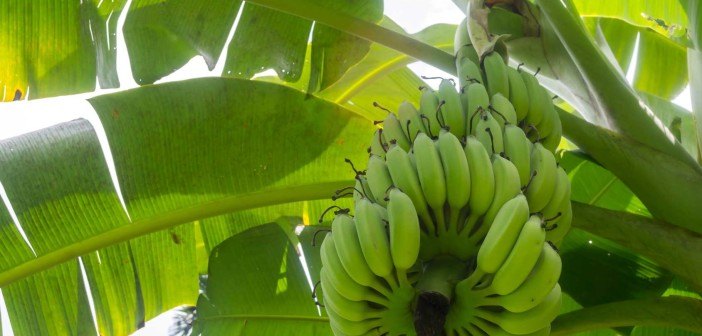New Study: GMO Crop Contamination Spreading
A recent USDA report acknowledging the spread of genetically engineered alfalfa into the wild is just further proof of what natural health advocates have known for a long time: that genetically engineered crops cannot “coexist” with traditional, organic agriculture. The report details the findings of a USDA team that analyzed three areas where alfalfa is grown: California, Idaho, and Washington. Of the over 400 areas the researchers studied, over a quarter (27%) contained GE alfalfa with Monsanto’s Roundup Ready-resistant gene. The study’s results stated that “transgenic [GE] plants could spread transgenes to neighboring feral plants, and potentially to neighboring non-GE fields.” This should come as no surprise. The problem is getting worse. Farmers in Oregon, fighting for a bill that would allow local governments to regulate crops and seeds, recently told legislators that contamination leads to real financial losses: “We lose money when we have a GMO contamination event, which I’ve had happen twice. We lose money directly, as have other growers,” said one organic farmer at a committee hearing.





